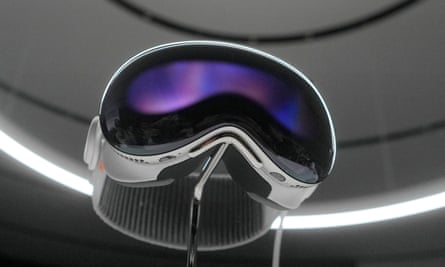Apple chief executive Tim Cook will hope that the launch of the latest iPhones on Tuesday will be enough to buoy consumers and investors in the face of a falling share price caused by deteriorating international relations.
Almost $200m (£160m) was wiped from this most valuable tech stock last week as escalating tensions between Beijing and Washington threatened to restrict sales in one of its biggest markets: China accounts for roughly a fifth of Apple’s revenue. Reports of the Chinese government clamping down on use of the American devices by state employees may be having a wider chilling effect as consumers across the country are encouraged to buy from homegrown champions such as Huawei.
Given that the global phone market has been in decline for the past eight quarters – driven by the increasing cost of living, desire to keep handsets longer and consumer apathy about technological advances – the iPhone appears to have its work cut out.
Unusually for Apple, the headline feature of its new handset is one it probably did not want: a switch in the charging socket from the firm’s long-standing Lightning connector to the universal USB-C.
Apple’s hand has been forced by the EU’s common charger regulations, which made USB-C the common connector for all consumer electronics, leaving the iPhone one of the last holdouts. It will be a small change with big ramifications, simultaneously relegating piles of accessories for the old Lightning port to the scrap heap while further opening up Apple’s closed smartphone ecosystem.
The firm will undoubtedly hide its chagrin and market the change as an upgrade, alongside the usual faster chips and better cameras. That will be partly in the hope of avoiding a repeat of the outrage that greeted its switch to Lightning from the 30-pin dock connector for iPods and iPhones in 2014, which rendered countless speaker docks and other accessories incompatible. A cable in the box with the new model may help ease the transition.
“The move to a new connector will irk some people, given Apple’s massive user base and the huge number of Lightning chargers, cables and accessories already in use,” said Ben Wood, chief analyst at CCS Insight. “But it feels like a victory for common sense. The rationale behind the regulation is largely environmental, as one charging standard should result in fewer cables being bought.”

The change will have benefits: even within Apple’s ecosystem, iPads and MacBooks have long had a USB-C port for charging and accessories. And now new iPhone users will no longer have to hunt for that special Apple cable when their battery runs low – almost any cable for a modern tablet, computer or Android phone made since 2016 will now do the job.
Apple has many irons in the fire, including a $3,499 augmented reality headset announced in June as a sign of its vision of the future, but the iPhone is still its main commercial engine. It accounts for more than 50% of its revenues and is the foundation for many of its other device categories, including the market-dominating Apple Watch.
Sales fell slightly below expectations in the last quarter, so the company needs the iPhone 15 to sell well, not only for direct revenue but as a driver for its increasingly important and profitable services division, which includes the App Store, Apple TV+ and Apple Pay, and accounted for a quarter of revenue in the last quarter.
That may make its wearables segment, which includes smartwatches, just as important as the phone. The Apple Watch already outsells all other watches, including rival smartwatches, and locks users into the iPhone ecosystem, since it cannot be used with alternative platforms.
Tuesday’s unveilings are widely expected to include the biggest performance upgrade in years for the Apple Watch. Outward changes may be minimal, but its watchOS 10 software, previewed in June, has had a revamp, representing the biggest overhaul since its launch in 2015.









